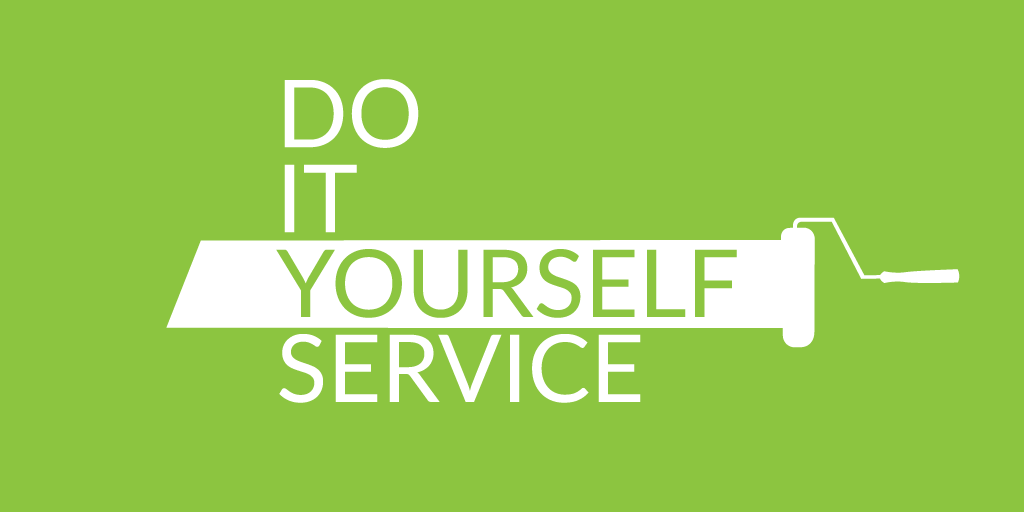Learning is not only about getting to know what to do; it’s also about understanding what not to do.
No amount of great articles and how-to guides on customer experience will ever help you unless you steer away from making common mistakes. So strap yourself in, we’re talking you for a tour called top 5 customer experience mistakes to avoid.
Speaking of customer experience, the biggest mistake you can make is not invest in a customer service system. Sign up for a free Qminder trial to bring customer experience to new heights.
1. Not training your staff
You wouldn’t leave staff training on safety measures on autopilot, would you? The same should apply to customer experience.
Your customer experience starts with your employees. It is up to them to create real customer success.
The two obvious issues with that are time and money, as it takes both to properly train your staff in customer experience. The upside is that these investments are worth it, both in mid- and long-term.
Your main goal is to make sure everyone is on the same page as to what constitutes great customer experience. In a customer-centric environment, employees understand how to best represent your company and its values to your customers.
Without proper technologies in place, without proper training, your customers aren’t well-equipped to build and maintain strong customer relationships.
2. No personalization
When it comes to customer experience, there’s no one-fits-all solution — or rather, there shouldn’t be.
Personalization is an important part of providing superb customer experience. It is extremely beneficial to winning customers over and boosting your sales.
The numbers are speaking for themselves: 79% of consumers say they are likely to engage with an offer if it has been personalized for them.
Preference for personalization is something that is equally true for offlines as well as online shopping. In fact, 78% of Internet users say relevant suggestions from companies increases the likelihood of purchase.
That’s not a trend that’s going to stop any time soon. By 2020, 51% of consumers expect companies to anticipate their needs even before they make any purchase.
To achieve personalization, many enterprises nowadays gather and analyze customer data and use predictive analytics to discover behavioral patterns in their purchase history. Technology makes it easier than ever to provide excellent service.
Customer experience that feels custom-fit to your customer is something that will keep enticing them to your business.
3. Ignoring feedback
For better or for worse, social media became the main platform for airing the “dirty laundry” of customer-business relations — that is, customer complaints. Many customers nowadays gleefully use Facebook, Twitter and other platforms for inquiries, complaints, and troubleshooting.
But the nature of social media also puts on certain expectations. Customers expect not only a coherent but also timely reply.
Twitter is a medium where individual messages are lost only a second after they’re sent into the void of opinions, pictures and replies. It’s all about instantaneous communication, and your customers expect as much.
Ultimately, 70% of customer complaints on Twitter wind up being ignored.
It’s not only about bringing your social media game up to snuff. Customer feedback overall is one of the best tools for understanding what your customers seek in your service. You may not like some of the criticisms or suggestions, but it is your duty not to ignore the voices of your customers.
Bottom line? Good customer experience is something that happens as a result of, not in spite of, constructive customer feedback.
4. Making customers work for it
While you do need to reward your customers, customer experience is not the answer. Customer experience should not be a carrot at the end of a stick that customers need to work for.
The critical truth is this: the more effort a customer has to expend to do business with your company, the less loyal they are likely to be. Customers who are required to make effort to get what they are promised are 96% more likely to become disloyal.
Surely, companies are doing their utmost to solve this problem?
Not at all, actually. The studies show that 58% of companies still don't measure how much effort is required of their customers.
Failing to find, or even look into, causes of customer friction is a disaster waiting to happen. Without identifying specific weaknesses in your customer success strategy — which you can do by analyzing CES (Customer Effort Score) or other metrics — your customer experience are bound to fall in a rut.
5. Not investing in CRM
A study of over 300 small business owners found that only 34% of companies have a customer relationship management (CRM) platform.
The rest 66%? Probably used paper notes, at best.
What’s the benefit of CRM? As the name suggests, it’s about improving relations with existing and prospective customers through collecting, organizing and analyzing customer information.
At the same time, CRM does more than that. In addition to improved customer relations, CRM results in better internal communication as well as helps maximize upselling and cross-selling.
It’s not only about using a particular system, though. The key, of course, is integration.
Depending on a study you trust, businesses use up to 35 different data-gathering systems. And despite these astonishing numbers, 5only a quarter of businesses have full system integration in place.
Lack of integration is what can reduce all your customer service efforts to zero.
The best way of not making any customer experience mistakes is to equip yourself with state-of-the-art technologies.
Qminder is a customer service tool that helps your business maintain the image of an innovative, customer-loving company. Don’t take our or our partners’ word for it — try it out yourself, for free.






